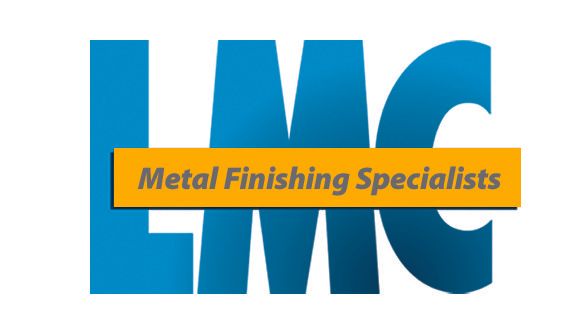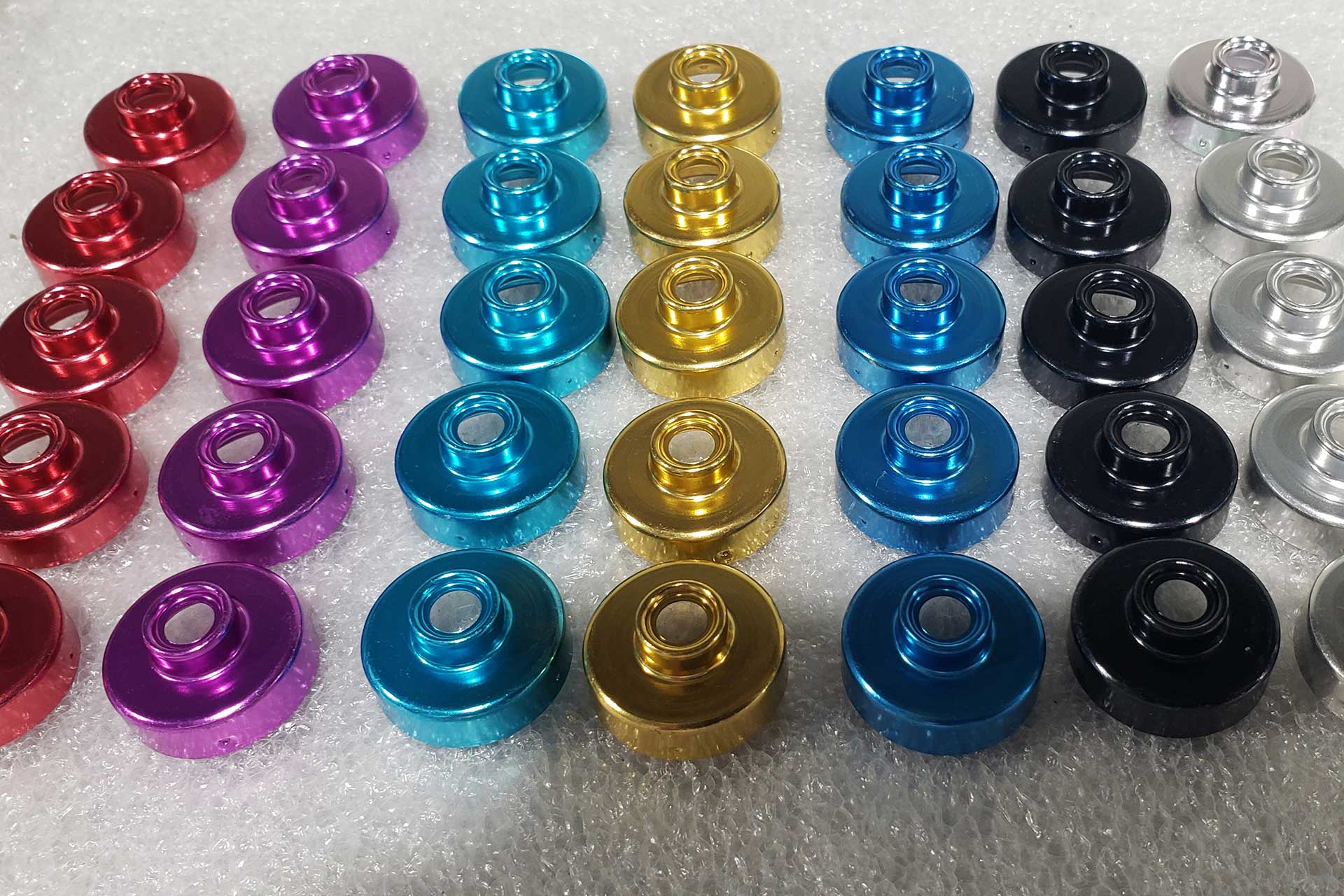Passivation vs. Other Metal Finishing Techniques
When it comes to protecting metal components and improving their performance, choosing the right metal finishing process is critical. Among the many available metal finishing techniques, passivation is often recommended for stainless steel and other corrosion-resistant alloys. But how does it compare to other methods like anodizing, plating, electropolishing, and more?
This guide explores the differences between passivation and other common finishing techniques to help engineers, manufacturers, and procurement teams make informed decisions based on the needs of their components and industries.
What Is Passivation?
The passivation process is a chemical treatment used primarily on stainless steel to remove free iron and other surface contaminants. This process enhances the natural formation of a thin, inert oxide layer that protects the metal from corrosion.
Unlike coating-based finishes, passivation does not add material to the surface or change the appearance of the component. Instead, it improves the metal’s corrosion resistance at the microscopic level, making it ideal for parts exposed to moisture, chemicals, or sterile environments.
Typical applications for passivation include medical instruments, aerospace components, food processing equipment, and pharmaceutical systems where cleanliness and corrosion resistance are paramount.
Passivation vs. Anodizing
Both passivation and anodizing are used to enhance corrosion resistance, but they differ significantly in process and application.
Passivation is a non-electrolytic chemical treatment that works best on stainless steel. It removes contaminants and enhances the metal’s natural oxide layer without altering appearance or thickness.
Anodizing, on the other hand, is an electrolytic process typically used on aluminum. It builds up a controlled oxide layer that improves wear resistance, corrosion protection, and can even be dyed for aesthetic purposes.
Use cases:
- Choose passivation for stainless steel parts requiring high corrosion resistance and cleanliness.
- Choose anodizing for aluminum parts that need added surface hardness, decorative finishes, or electrical insulation.
Passivation vs. Electroplating
Electroplating applies a thin layer of another metal—such as zinc, nickel, or gold—onto the surface of a component to improve conductivity, wear resistance, or appearance. It’s a common technique in the automotive, electronics, and aerospace industries.
Passivation differs in that it does not involve the addition of any new material. It instead chemically enhances the metal’s natural protective layer.
Use cases:
- Use plating when you need a functional or decorative metal coating.
- Use passivation when you want to improve corrosion resistance without altering part dimensions or surface appearance.
Passivation vs. Electropolishing
Electropolishing is a process that removes a thin layer of metal from the surface of a part using an electrochemical reaction. It smooths out microscopic peaks and valleys, resulting in a bright, clean, and highly corrosion-resistant finish.
Both passivation and electropolishing enhance corrosion resistance, but electropolishing also improves surface finish and appearance. In fact, electropolishing is often followed by passivation to further improve corrosion resistance.
Use cases:
- Electropolishing is ideal when surface smoothness and cleanliness are critical (e.g., medical implants, semiconductor parts).
- Passivation is a lower-cost option for components that require corrosion resistance but not surface refinement.
Passivation vs. Other Chemical and Mechanical Finishes
Several additional finishing techniques are often considered alongside or in place of passivation. Here’s how they compare:
Manganese Phosphating
This coating process applies a crystalline phosphate layer to improve wear and corrosion resistance. Manganese phosphate is commonly used in defense and automotive applications for components like gears, bolts, and firearm parts.
- Key difference: Phosphating adds a visible coating, while passivation does not.
- When to use: Choose phosphating for high-wear applications or where lubricity is needed.
Zinc Plating / Galvanizing
Both techniques apply a zinc coating to steel to prevent rust. Galvanizing is thicker and more durable, while zinc plating is thinner and better suited to precision components.
- Key difference: Zinc methods are coatings, while passivation is a chemical treatment.
- When to use: Use zinc plating for cost-effective corrosion protection on carbon steel parts.
Chromate Conversion Coating
Often used on aluminum, this method creates a corrosion-resistant and paintable surface. It’s common in aerospace and electronics applications.
- Key difference:
Conversion coatings chemically alter the surface like passivation but often result in a yellow or iridescent finish.
- When to use: Choose chromate conversion when preparing aluminum parts for painting or bonding.
Mechanical Finishing (Tumbling, Blasting, Grinding)
Mechanical methods physically alter a component’s surface to improve smoothness or remove burrs. They are often used before chemical finishing.
- Key difference: Mechanical finishing doesn’t improve corrosion resistance on its own.
- When to use: Use as a prep step before passivation or plating, especially for parts with rough or uneven surfaces.
How to Choose the Right Metal Finishing Method for Your Component
The best finishing method depends on several factors:
- Base metal: Some techniques are metal-specific (e.g., anodizing for
aluminum, passivation for
stainless steel).
- End-use environment: Will the part be exposed to moisture, chemicals, or abrasion?
- Performance requirements: Are you optimizing for corrosion resistance, appearance, conductivity, or wear?
- Regulatory standards: Medical, food, aerospace, and defense parts often require specific finishes.
| Finish Type | Material Compatibility | Adds Coating? | Improves Corrosion Resistance? | Surface Appearance | Typical Uses |
|---|---|---|---|---|---|
| Passivation | Stainless steel | No | ✔️ | Unchanged | Medical, aerospace, food, pharma |
| Anodizing | Aluminum | Yes | ✔️ | Matte to colored | Aerospace, architecture, electronics |
| Plating (e.g., zinc) | Steel, copper, others | Yes | ✔️ | Bright or dull | Automotive, electronics, hardware |
| Electropolishing | Stainless steel, alloys | No | ✔️ | Bright and smooth | Medical, semiconductors, optics |
| Phosphating | Steel | Yes | ✔️ | Matte, dark | Automotive, defense, fasteners |
| Chromate Conversion | Aluminum | Yes (thin) | ✔️ | Iridescent/yellow | Aerospace, electronics, painting prep |
| Mechanical Finishing | All metals | No | ❌ | Variable | Prep before chemical finishing |
Need Help Choosing the Right Finish? Let’s Talk
Still unsure which finishing method is best for your component or industry? The right choice can impact everything from product lifespan to regulatory compliance.
At Light Metals Coloring, we specialize in applying advanced finishing processes like passivation services to help manufacturers meet strict industry standards. Whether you’re working with stainless steel medical parts or aluminum aerospace components, our team can guide you through the best solution for your needs.
Contact us today to request a quote or speak with one of our finishing experts.
